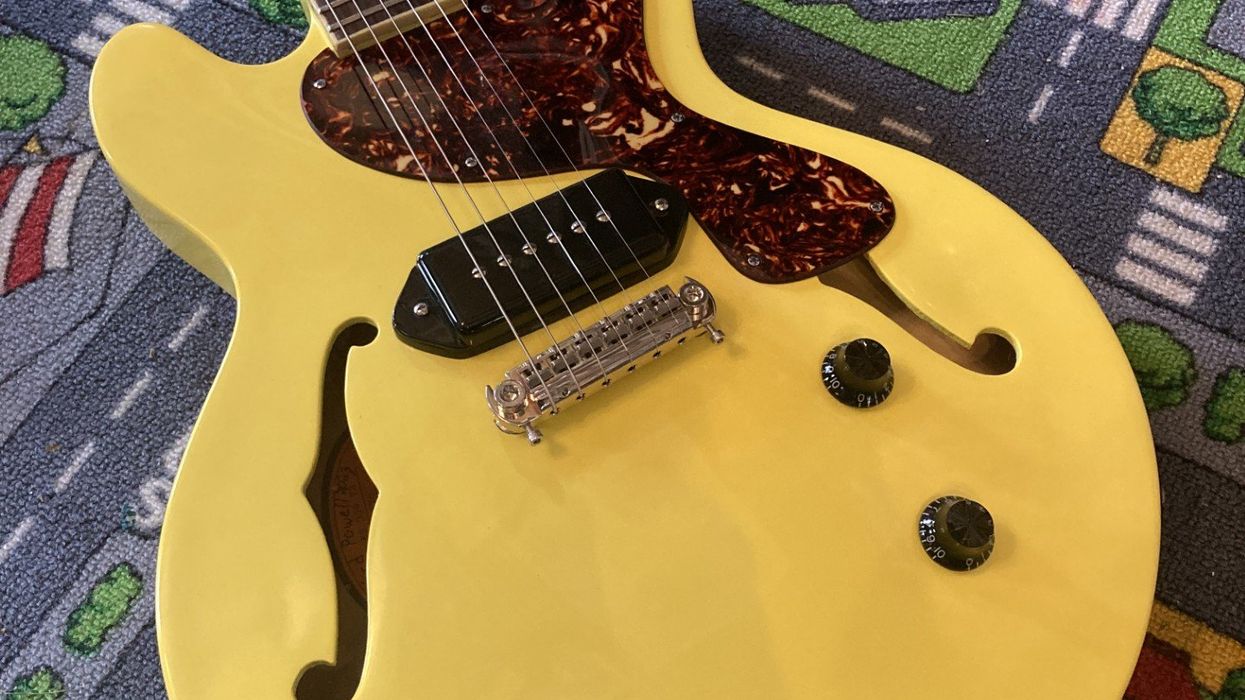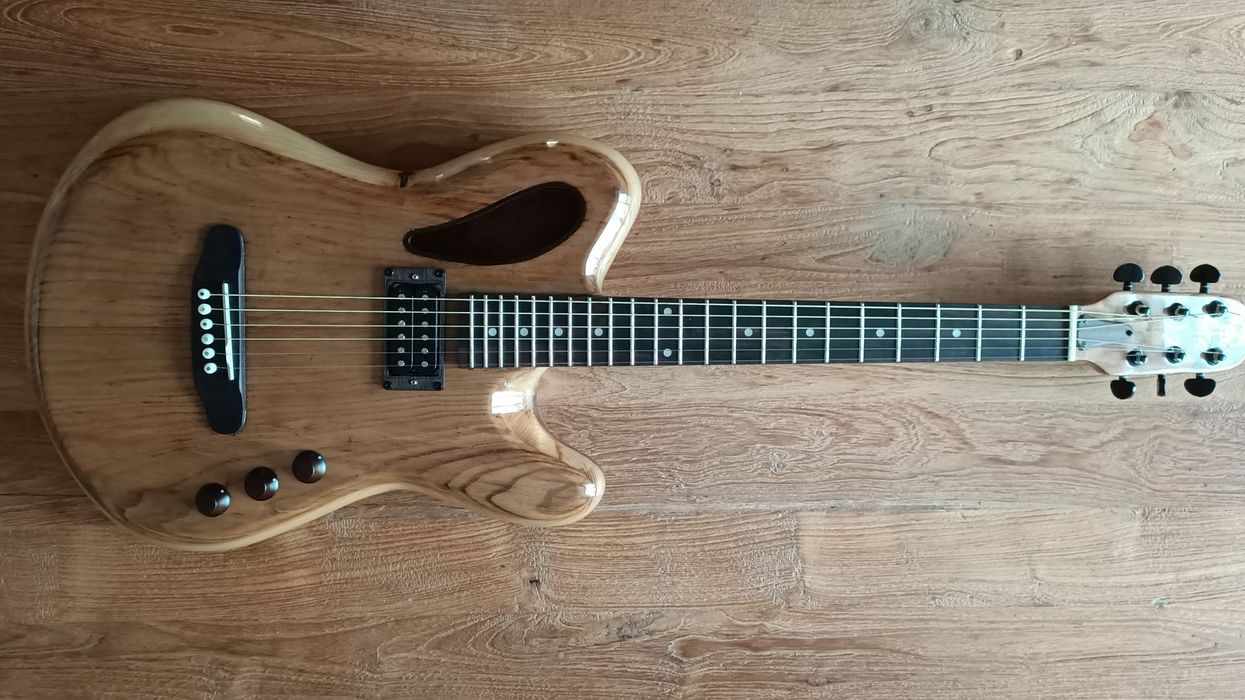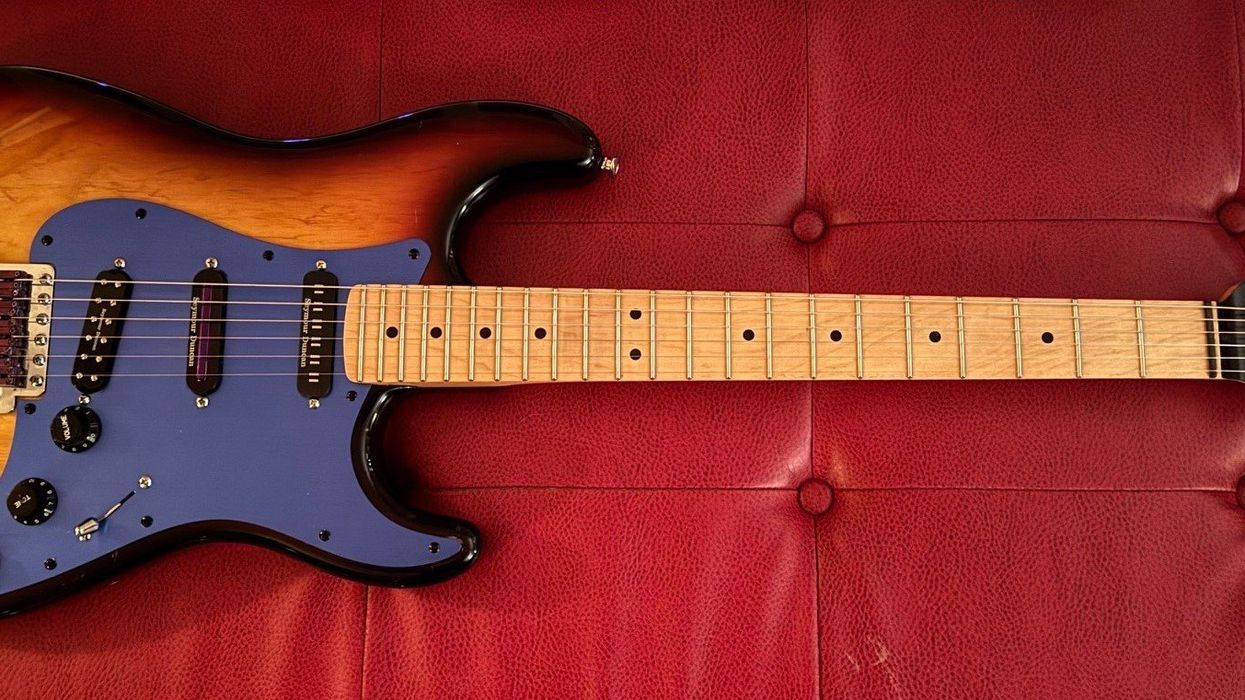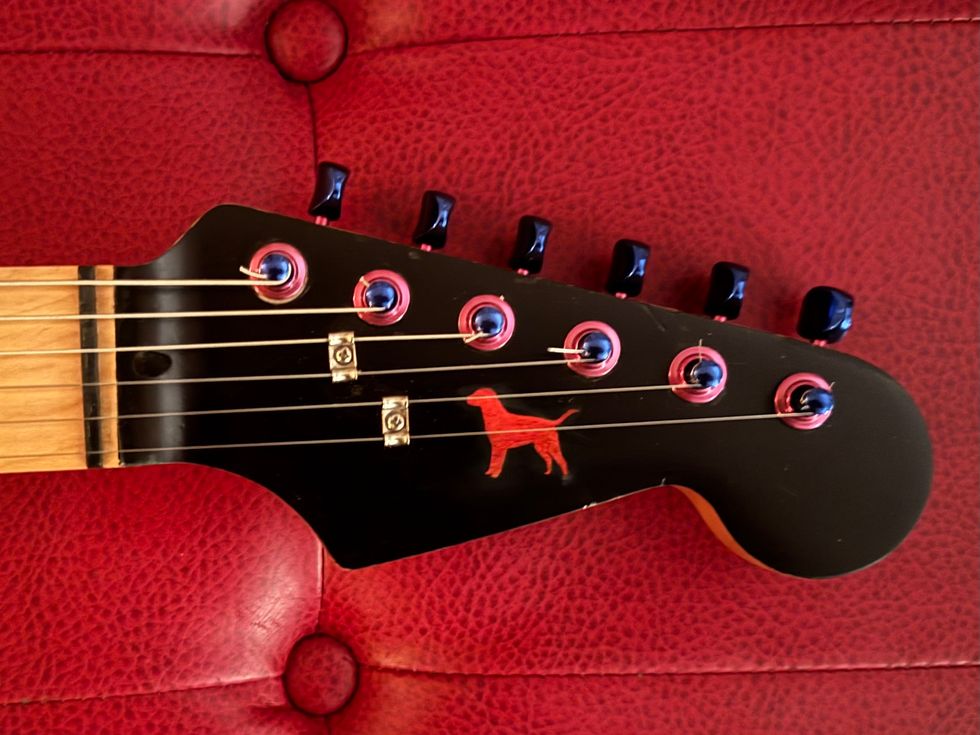So, I came up with a new plan for my newfound free time: start building guitars. I started off with the basics—I found myself an inexpensive guitar that I could modify without fear of damaging it. My theory was that 90 percent of the tone is due to the electronics, so this would be my prototyping unit.
I spent $150 each on boutique pickups, settling on a Curtis Novak Gold Foil in the bridge position, (thanks to a demo by PG’s John Bohlinger: “You can’t get a bad tone with these pickups”) for those awesome-sounding distorted tones, and a TV Jones Classic in the neck for that sweet Gretsch-like clean sound. I used a Seymour Duncan Liberator volume pot, since it has solder-free connections which allow for easy pickup swaps. I used top-notch push-pull pots, capacitors, switches, and jacks. The gold-foil pickup sounds great but has lots of treble, so a good tone-knob circuit is essential. I’ve never been a fan of the tone knob on any of my guitars, so I figured I needed to do something different. I tried ’50s wiring, along with a lower capacitance “warmth knob” (both with guidance from PG’s Dirk Wacker). For the first time ever, I loved using the tone knob!

With a background in the aeronautical industry and Malibu beaches, I wanted a body shape with hints of surf, space, and aerodynamics. I took a napkin sketch and started plotting it using Excel. That quickly got out of hand. Next thing I knew, I had a full design spreadsheet, complete with pulldown menus for scale length, pickups, tremolo, body thickness, etc. I was even calculating guitar weight and center of gravity because the last thing I wanted to do was invest all my hopes and dreams into this guitar and find out that it constantly falls off my lap.
After iterating on the design for far too long, I got to work. I wanted the first prototype to be cheap; I knew there would be mistakes. I got the cheapest body blank I could find (poplar) for $60. I wanted a Jaguar-like 24"-scale neck, but those aren’t cheap, so I got a 25 1/2"-scale Mighty Mite neck for $100 and will do the 24" version next time. The first bolt-up revealed that the body and neck resonated shockingly well when I tried them acoustically, but the body required some reshaping for better upper fret access. I finished the body with Rust-Oleum spray paint: primer, metallic blue base coat, blue sparkle, and clear glaze on top. This cost $40 and I’m very happy with the result.
I went with a Staytrem bridge, a Jazzmaster-style tremolo (placed relatively close to the bridge to minimize string buzz), and Steinberger tuners. Finally, I added two additional push-pull pots with solder-free connections for future exploration and wiring adventures.
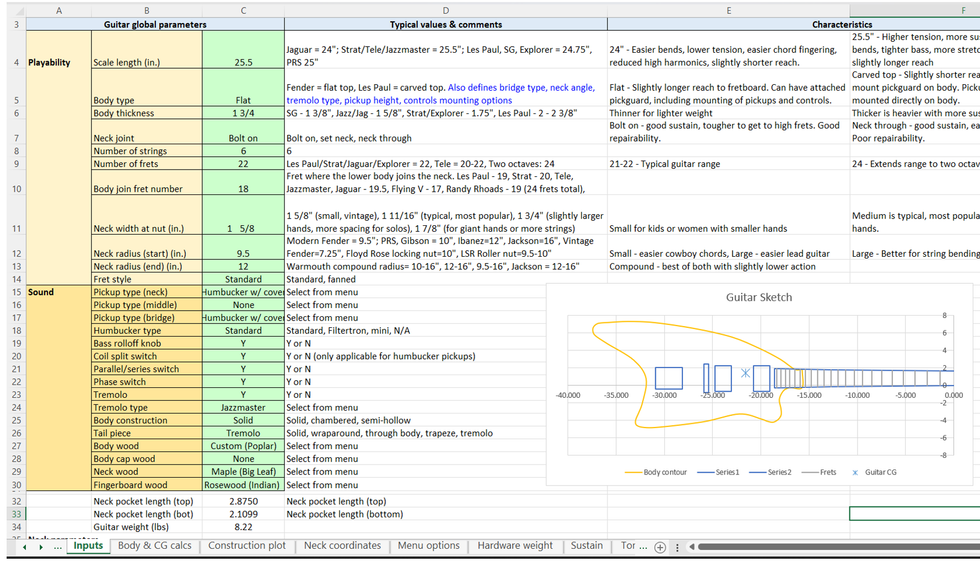
I love the sound of this prototype, and it fed into my other Covid project, which was to release my first ever EP under the name “Plectromatics.” I learned so much on this journey and can’t wait to see how the 24"-scale version comes out, and what songs it will inspire!
Send your guitar story to submissions@premierguitar.com.
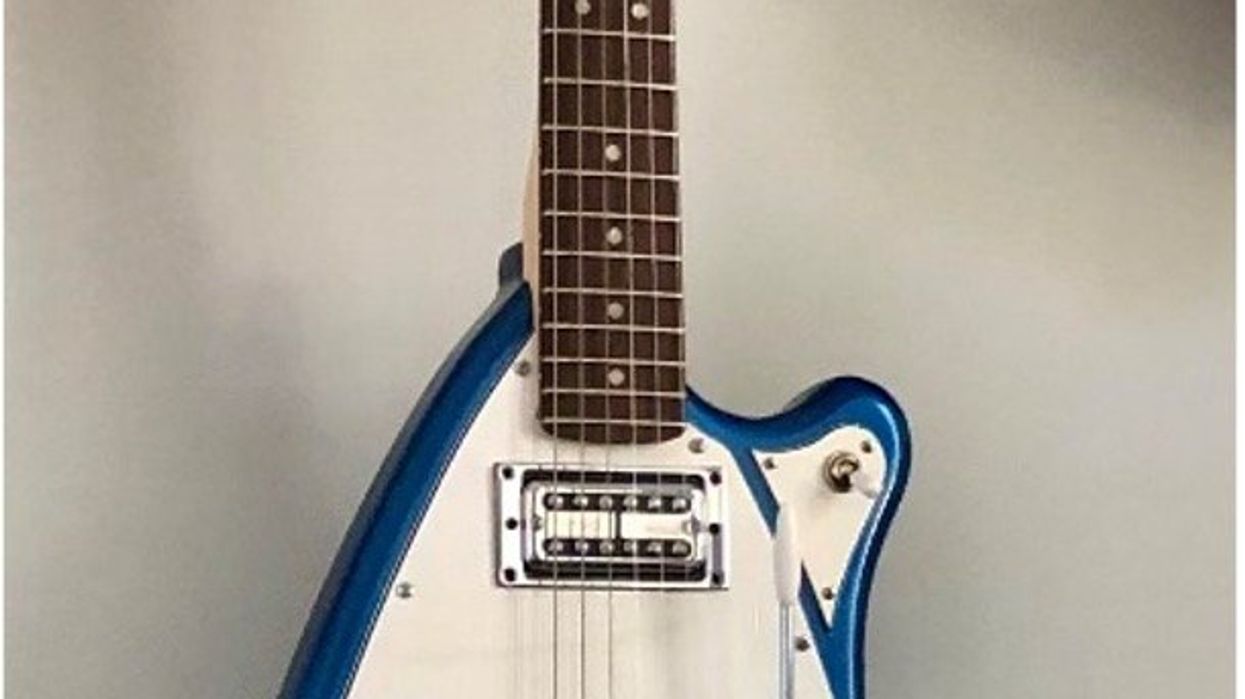


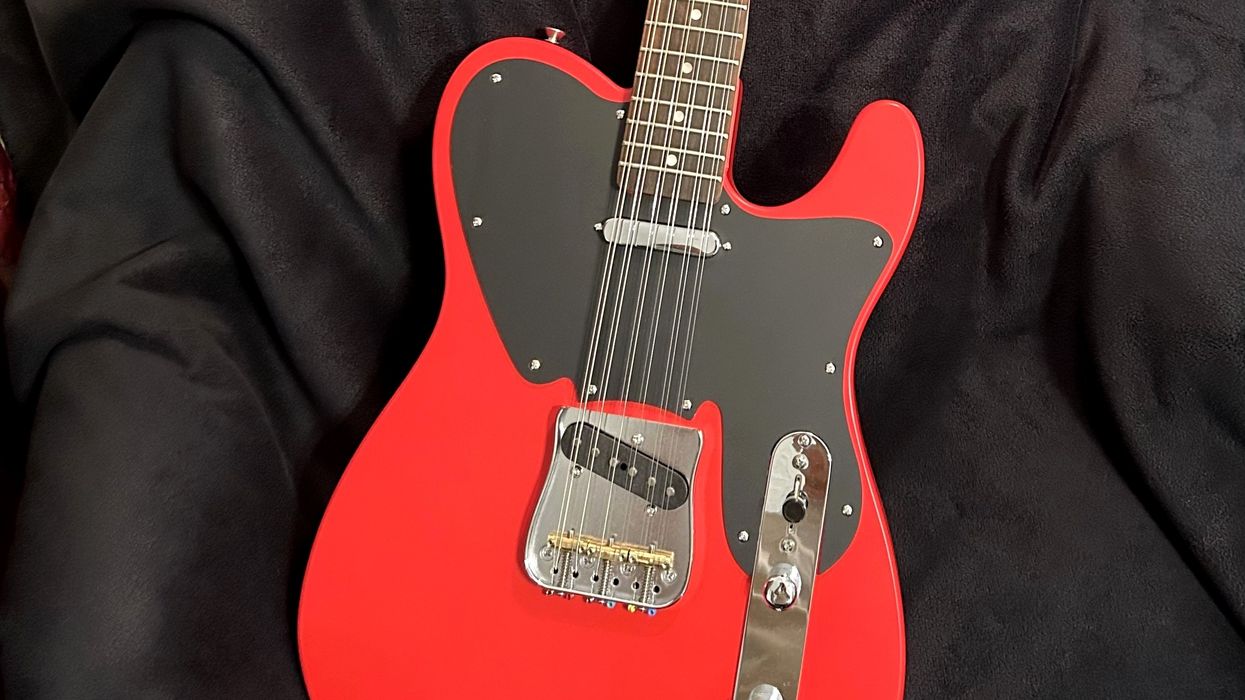

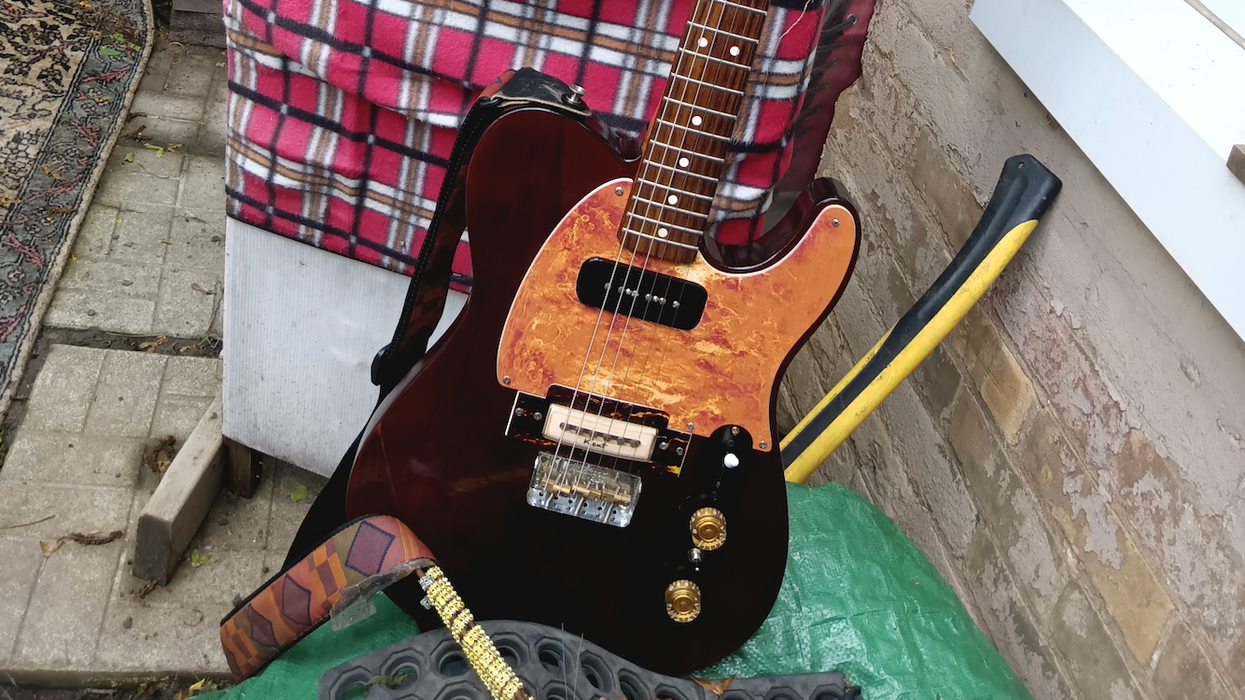




![Rig Rundown: AFI [2025]](https://www.premierguitar.com/media-library/youtube.jpg?id=62064741&width=1245&height=700&quality=70&coordinates=0%2C0%2C0%2C0)

